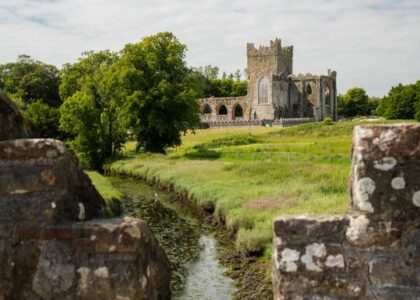Welcome to the Walnut Street Historic District, a captivating portal into the rich tapestry of Florence, Alabama’s past. As you stroll through this area, you’ll be walking through a timeline that dates back to the early 19th century, showcasing a stunning array of architectural styles and stories.
The district’s origins trace back to the early 1800s when Florence was surveyed for the Cypress Land Company. Named after the renowned city in Tuscany, Florence quickly became a bustling hub of agriculture and commerce, particularly after its incorporation in 1826. The area you are walking through was once lined with grand homes built by some of the city’s most influential figures.
During the Civil War, Florence was a strategic location, occupied by both Union and Confederate troops at different times. This part of the city witnessed the turmoil and transition of those tumultuous years. Post-war, the district flourished as new industries emerged, spurred by the Tennessee Valley Authority’s economic developments.
Notable figures associated with the area include John McKinley, a prominent attorney and Associate Justice of the United States Supreme Court, who lived nearby. His influence was significant in shaping the legal and political landscape of early Alabama.
This district is not just about buildings; it’s about the legacy of its residents who contributed to Florence’s vibrant culture. For instance, Dr. Leonard Jerry Hicks, a prominent Black leader, practiced medicine here and was recognized across Alabama for his contributions to the community’s health.
Today, the Walnut Street Historic District is a testament to the enduring spirit of Florence. Its elegant homes, many of which have been beautifully restored, stand as reminders of the city’s rich history and the stories of those who lived here. As you walk through the district, imagine the lives that played out within these walls and the events that have shaped this community.






